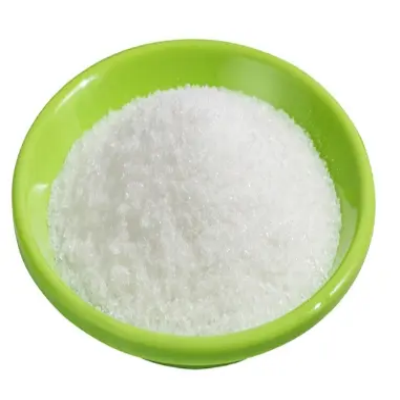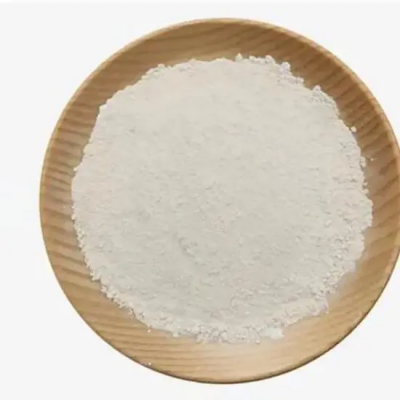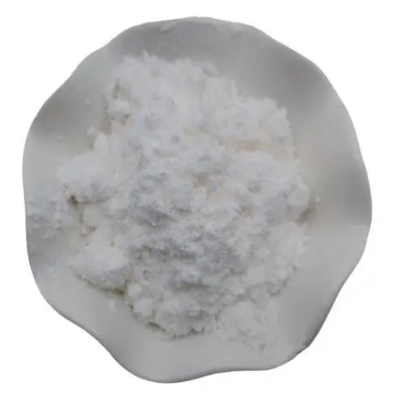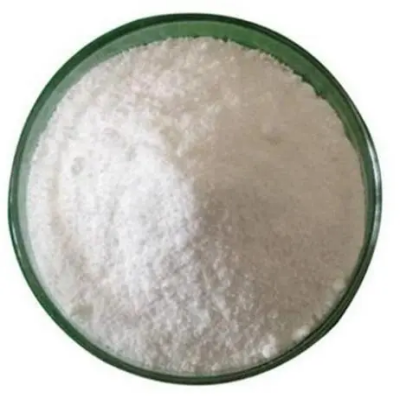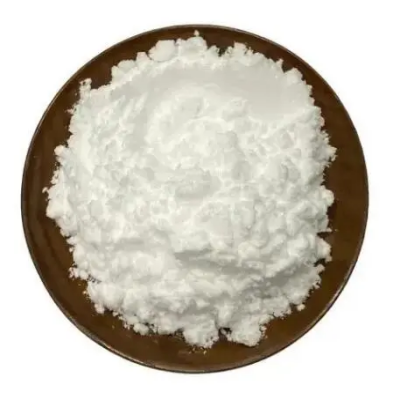(2-Aminophenyl)boronic acid hydrochloride CAS:863753-30-4
(2-Aminophenyl)boronic acid hydrochloride is predominantly utilized in synthetic chemistry for the preparation of a wide range of organic compounds, particularly in the formation of carbon-carbon bonds through Suzuki-Miyaura cross-coupling reactions. Its boronic acid group makes it an effective partner for coupling with various aryl halides, leading to the synthesis of complex structures that are pivotal in drug discovery and material science. In the pharmaceutical industry, derivatives of (2-aminophenyl)boronic acid hydrochloride have been investigated for their potential therapeutic applications. The amino group enhances the ability of these derivatives to interact with biological targets, contributing to the development of new drugs for treating various conditions, including cancer and neurological disorders. The ability to modify the boronic acid functionality allows researchers to optimize the pharmacological properties, improving efficacy and reducing side effects. Furthermore, this compound plays a significant role in the synthesis of targeted anticancer agents. Boronic acids are known to have potential in the development of proteasome inhibitors, which are explored for their capacity to induce apoptosis in cancer cells, offering a promising therapeutic strategy. In the field of materials science, (2-aminophenyl)boronic acid hydrochloride is used to synthesize new materials with specific electronic and optical properties. The boronic acid moiety allows for the formation of dynamic covalent bonds, enabling the design of functional polymers and nanomaterials that can be used in various applications, including sensors and drug delivery systems. Additionally, the compound can be employed in the development of fluorescent probes for biological imaging. Its unique chemical properties can be harnessed to create highly sensitive detection systems, aiding in the visualization of cellular processes. In summary, (2-aminophenyl)boronic acid hydrochloride is a versatile compound in organic synthesis, with diverse applications in pharmaceuticals, materials science, and biochemistry, underscoring its importance in advancing chemical research and addressing medical and technological challenges.



| Composition | C6H8BClN |
| Assay | 99% |
| Appearance | white powder |
| CAS No. | 863753-30-4 |
| Packing | Small and bulk |
| Shelf Life | 2 years |
| Storage | Store in cool and dry area |
| Certification | ISO. |




